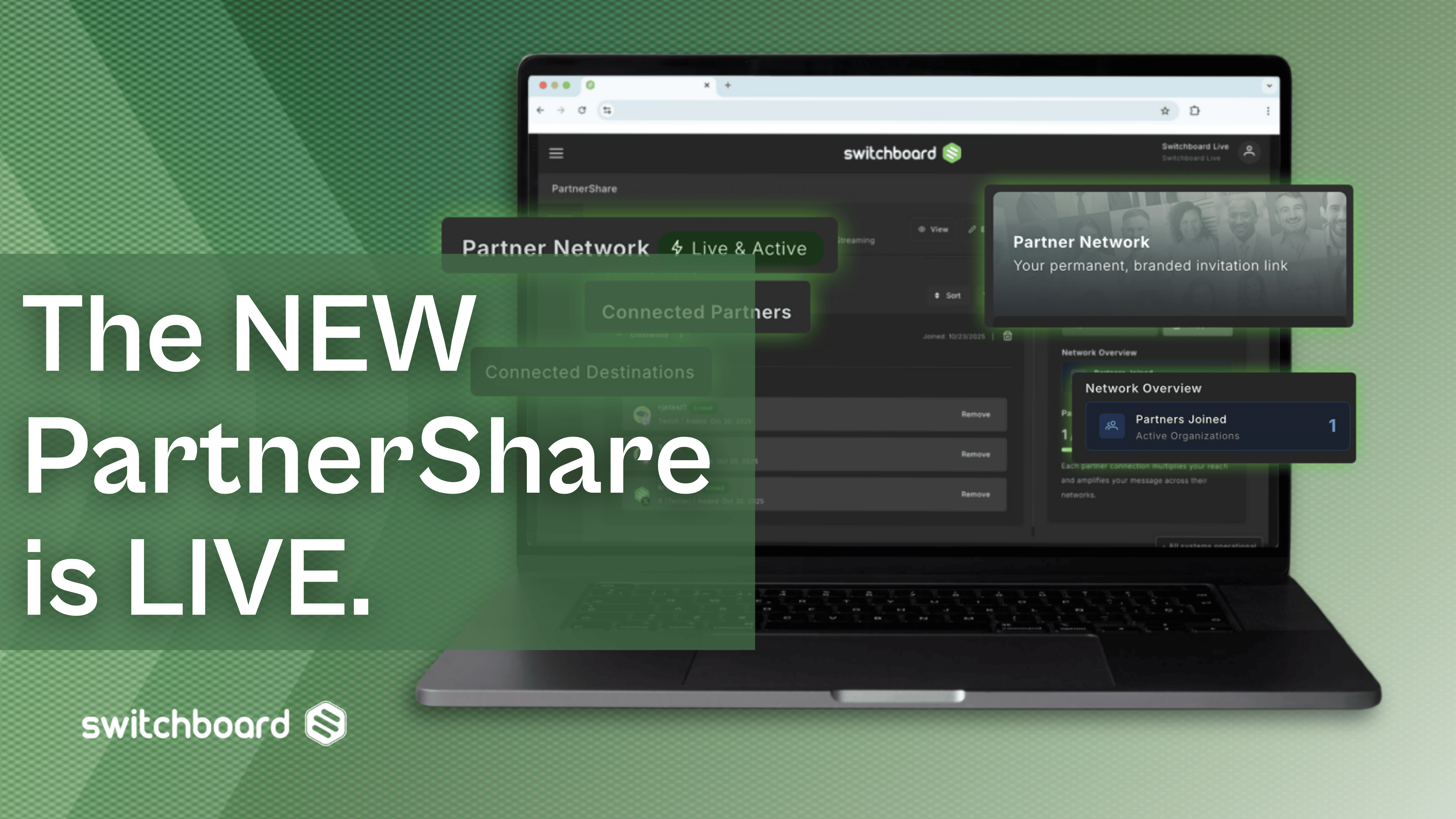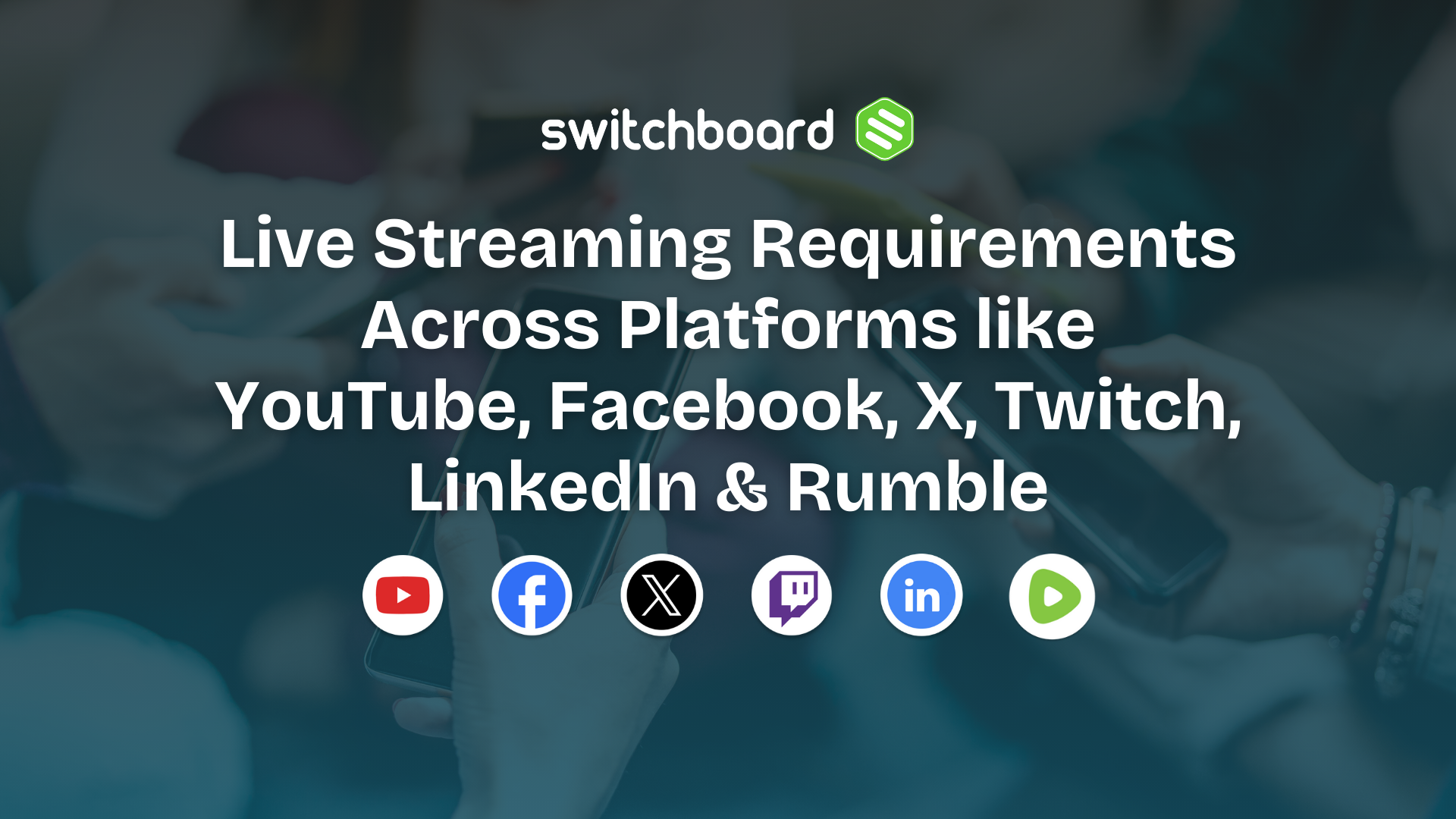As we move into the latter half of 2018 we’re going to continue to see OTT explode in the market with new features and technologies. Here’s a look at which of these should be taking off, and which trends may fizzle out.

Virtual Reality (VR)
Virtual Reality is not a new idea. It’s been talked about it and seen in the movies for decades now. While there have been many VR products out there for just as long, it’s not widespread, and no one uses this technology on a regular basis.
Facebook hopes to change that. The social media site has invested heavily in creating a new VR headset that they feel will take the world by storm. Facebook hopes VR will be a new way for people to consume and interact with all types of content.
While Facebook and other tech giants are getting really geared up for VR, one persistent question is if consumers are actually getting excited about it. It’s surprisingly a question yet to be answered, and while these big companies have a lot riding on it, it’s very possible it may not work out. As brands are looking to build their OTT and content strategy they should stay on top of this but maybe shouldn’t allocate too much of the remaining year’s time or capital budgets on VR just yet.
The reason is not just that it’s an unproven market, but that it’s not all that cutting edge, from the consumer’s perspective. Facebook’s newest version of the VR headset is wireless and technically far superior to its predecessors, but it still looks like the exact same heavy VR headset they had in movies in the early ’90s.
There is a good chance this current iteration of VR will go the way of the 3D televisions from a few years back. They were all the rage, and really exciting on first try, but the novelty quickly wore off. The televisions required special glasses, much like with VR, where you still need to strap a large headset to your melon to experience it. Until we no longer need to adorn ourselves with additional equipment to enjoy it, VR could possibly be nothing more than a toy folks only want to play with once or twice.

Content
So if VR isn’t something brands should spend a lot of time on, what is? What are the big OTT players focused on going forward in 2018? The answer to that: content. The old adage “content is king” has never been more accurate, but the key for OTT in this case is quality.
With the explosion of OTT, the consumer is overwhelmed with content options and they can range from garbage to simply uninteresting to really good. Content providers know if they don’t deliver an engaging, binge-worthy type of content, they’re just wasting their time.
The big players have announced massive investments in content recently. Netflix leads that pack by allocating $8 billion dollars to the creation of original content, while Facebook is currently spending about $1 billion dollars, and YouTube comes in at a non-specific figure of “a few hundred million dollars” for original programming. The thing to keep in mind with these platforms is that they are dominated by user-generated content, so creating their own original work doesn’t seem to be as much of a necessity.
Make no mistake though, whether it’s created by a Hollywood studio or a Facebook user’s iPhone, the cream will always rise to the top. Going forward, expect to see all kinds of better, and more creative, content on every platform.

Better Quality Streaming
As consumers consider the quality of the content they should also pay attention to the quality of the stream. People don’t want to watch a video that’s choppy, pixelated, or is buffering all the time, and it looks like the days of those headaches are numbered.
Internet services are continuing to offer lower costs for internet access with more and more bandwidth and speed. This means the visual quality of the OTT video is getting better on both ends.
There are also behind-the-scenes technologies working to improve the visual quality of your OTT experience. Industry standards such as the Common Media Application Format (CMAF) are being created, as well as better encoding options for making everything run smoother.
Cloud-based transcoding services also are key in delivering the best quality video for the device or platform it’s being watched on. Tools like Switchboard Cloud are helping OTT content creators deliver their video to multiple platforms while transcoding the video to deliver the best experience for each destination.

Voice Control & Machine Learning
We used to only yell at the TV when the other team scored a touchdown, but modern voice control technology has found its way inside our televisions and OTT devices, and it gives us a more legitimate reason to talk to these inanimate objects. Roku now offers voice control, and with the ever-growing power of Amazon Alexa and its integration into more and more devices, televisions will soon be actually doing things when spoken to.
New artificial intelligence (AI) and machine learning technologies are also helping OTT systems create better, more efficient encoding and network management systems. This makes for a higher-quality video, delivered even faster.
Modern AI is also being used to help find the best content for you. For years Netflix, YouTube, and others have offered suggestions on other videos you might like. This new technology utilizes multiple algorithms to do an even greater job of that and suggest things you’re really likely to enjoy.
It’s clear as we speed through 2018 and beyond that amazing things are happening in the OTT space. Stay tuned, it’s only getting better from here!




.png)
.png)
.png)





